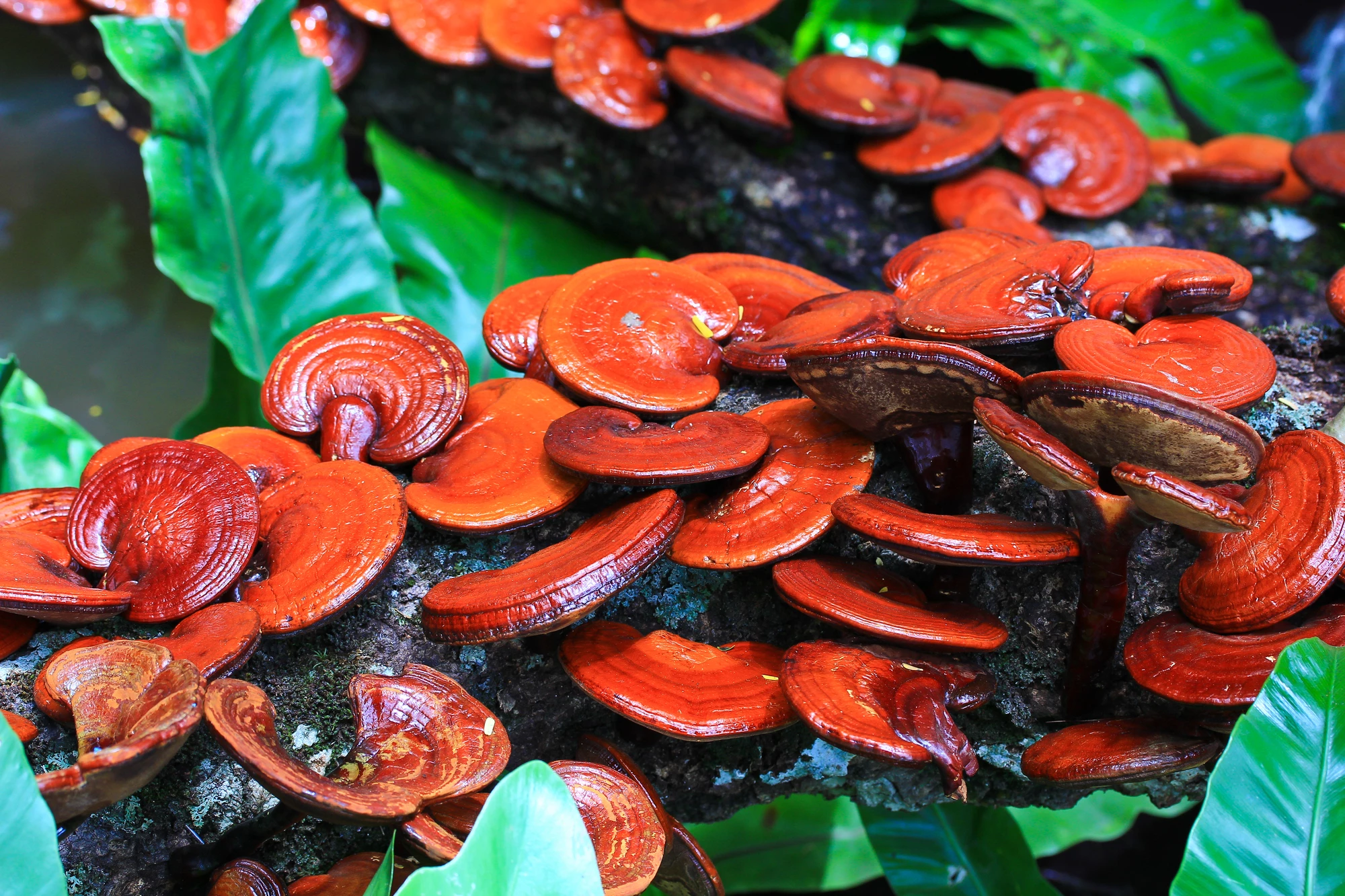Among other things, mushrooms have been put forth as eco-friendly alternatives to leather and expanded foam packaging. According to a new study, they might also find use in biodegradable electronic devices.
The discovery of this novel use for mushrooms was made more or less accidentally Martin Kaltenbrunner, Doris Danninger and Roland Pruckner, all of whom are scientists at Austria's Johannes Kepler University Linz.
While investigating the use of mushrooms in applications such as building insulation, they noted that the reishi mushroom (Ganoderma lucidum) has a particularly tough outer skin that protects the underlying pulpy tissue from pathogens and other types of fungi.
It was discovered that the skin can be easily removed and then dried, forming a "robust, flexible, and heat resistant" material that can withstand temperatures of up to 250 ºC (482 ºF). That said, when left in the proper environment, it completely biodegrades. With these properties in mind, it is hoped that the "MycelioTronic" material could one day serve as the substrate for printed circuit boards in flexible electronic devices.
Currently, the substrates in such boards are constructed of polymers which are difficult to separate from the other components, thus making it hard to recycle both the polymers and those components. By contrast, once the mushroom-based substrate had biodegraded, the remaining non-degradable items could simply be plucked out and recycled.
The material could conceivably also find use in medical implants, designed to harmlessly dissolve within the body once they're no longer needed.
In a proof-of-concept exercise, the researchers have already built functional proximity and humidity sensors in which conventional electronic chips were soldered onto a MycelioTronic substrate. They're now looking into using the material in other components, with the aim of ultimately producing a completely biodegradable circuit board.
The study is described in a paper that was recently published in the journal Science Advances.
Source: Johannes Kepler University Linz via New Scientist




